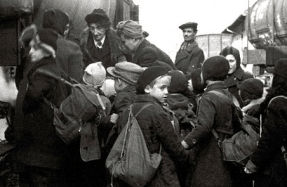THE HISTORY OF THE DEVIL

EXPERT BIOS

MARINA MONTESANO
Marina Montesano is a full professor of medieval history at DICAM, University of Messina, Italy. Her books include Classical Culture and Witchcraft in Medieval and Renaissance Italy.

JAN MACHIELSEN
Dr Jan Machielsen is a senior lecturer in Early Modern History at Cardiff University. He is currently working on a chapter for a new book on the history of the Devil.
For centuries Satan has been the ying to God’s yang, but there is more to the fallen angel than meets the eye. From ancient religions such as Zoroastrianism to John Milton’s Paradise Lost, all have played important roles in crafting the figure of The Beast, or in tweaking the narrative by introducing new and compelling elements.
“The Devil, as God’s opponent, has always played an important role in Christian thought,” Jan Machielsen, senior lecturer in Early Modern History at Cardiff University, explains. “The New Testament mentions cases of demonic possessions, while saints’ lives from the Middle Ages describe the Devil as a tempter who sought to lead the pious saints into a life of sin.”
Yet where does the idea of the Devil come from? Satan, Lucifer, The Prince of Darkness – all have preoccupied theologians, scholars, artists and writers since the fallen angel’s initial conception. Beneath the image of the Devil as a man with red horns, a pointy beard and a pitchfork, we find a rich mythology that has been crafted and perfected over centuries.
When examining the original Hebrew one might initially be surprised at how little the the word ‘Satan’ is used in its original Hebrew form, which is closer to the modern word ‘adversary’ and doesn’t refer to the name of a single being. For example: “Appoint a wicked man against him, let an accuser [Satan] bring him to trial.”
You’re reading a preview, subscribe to read more.
Start your free 30 days





